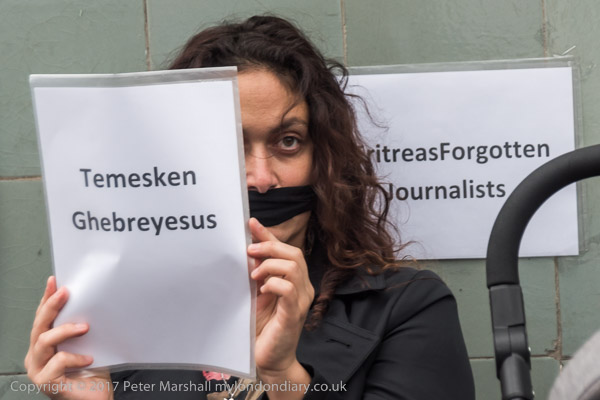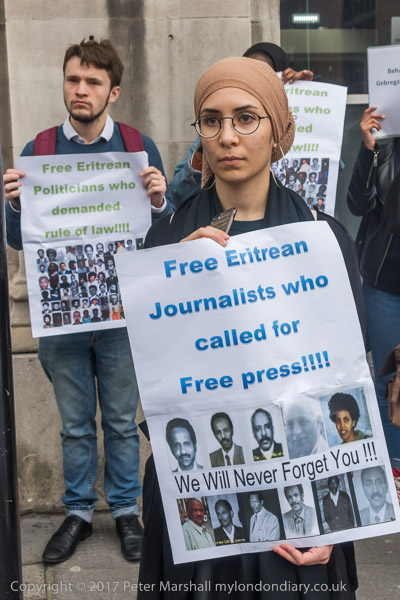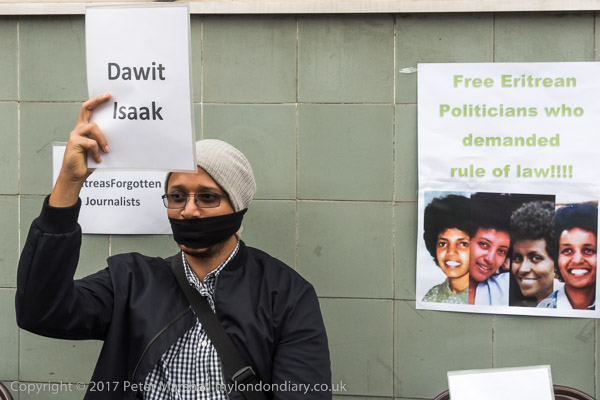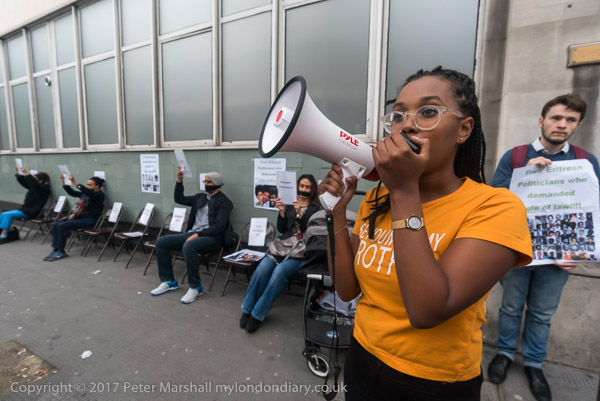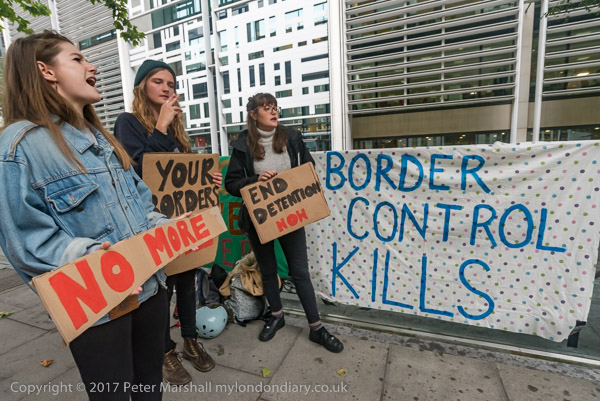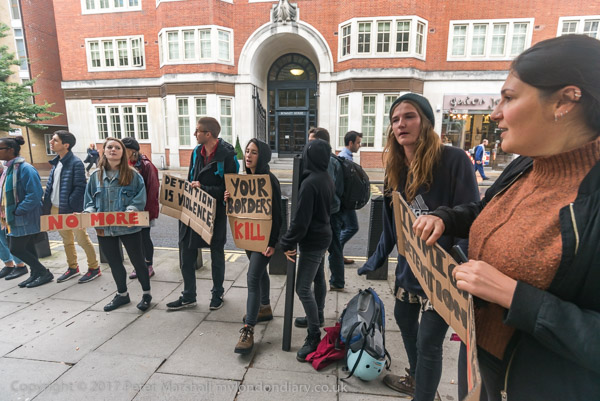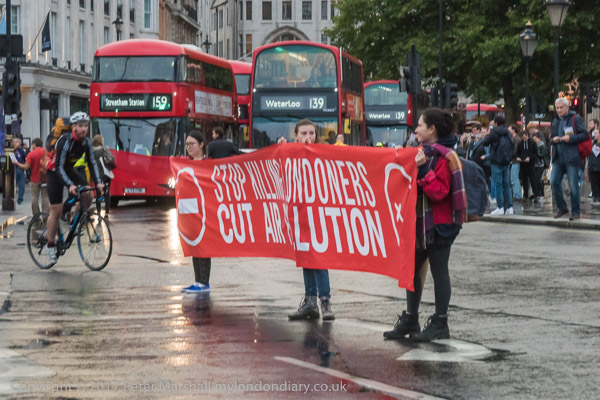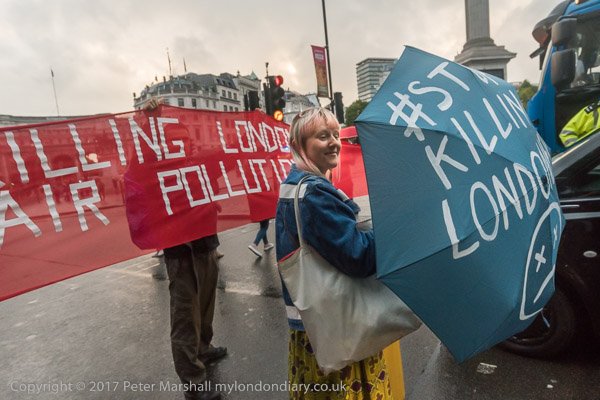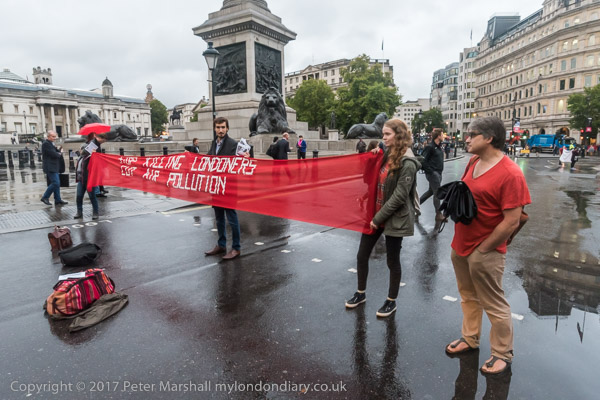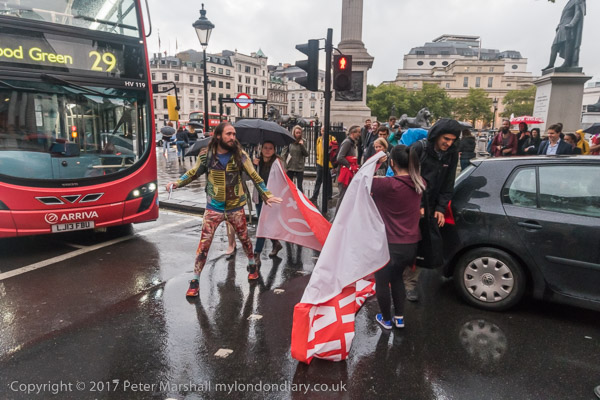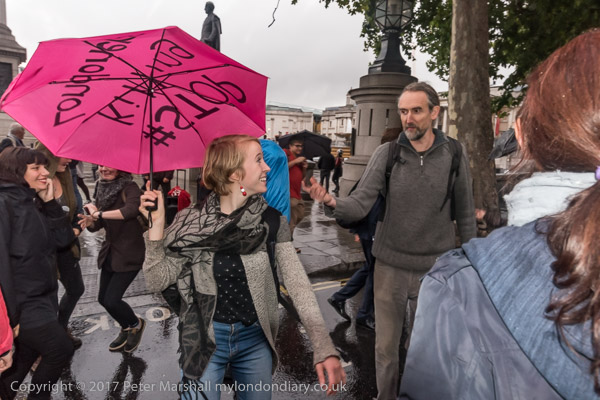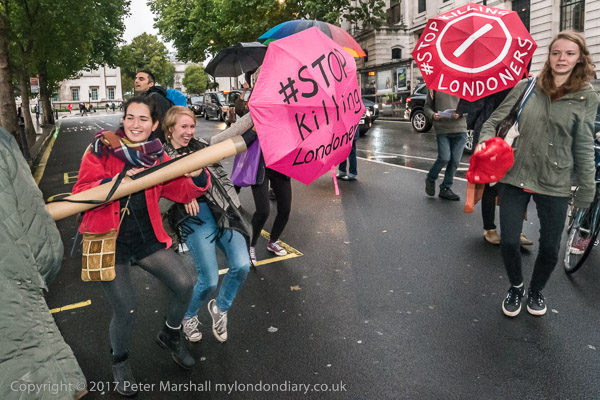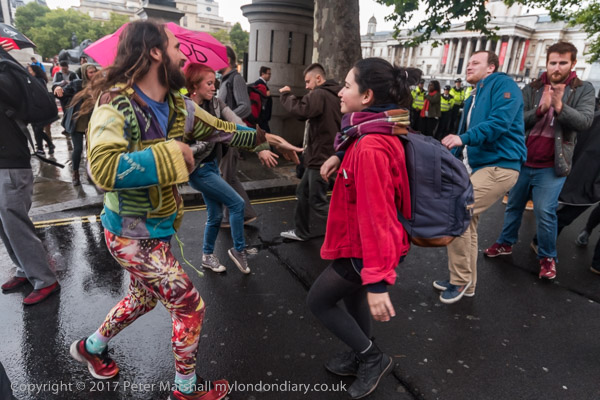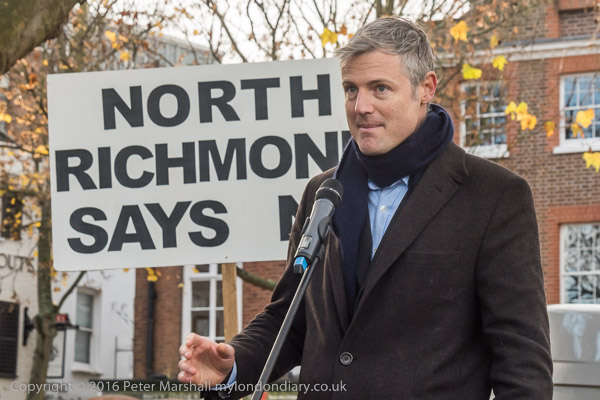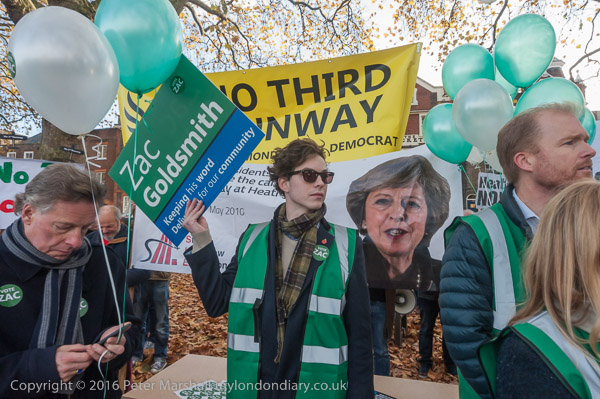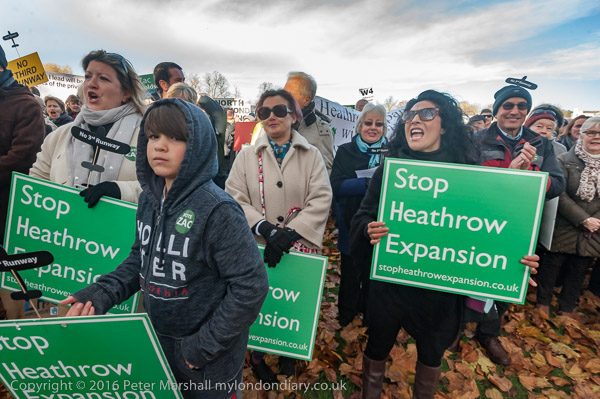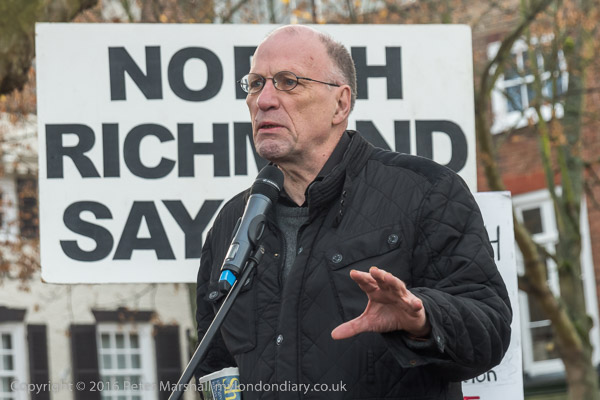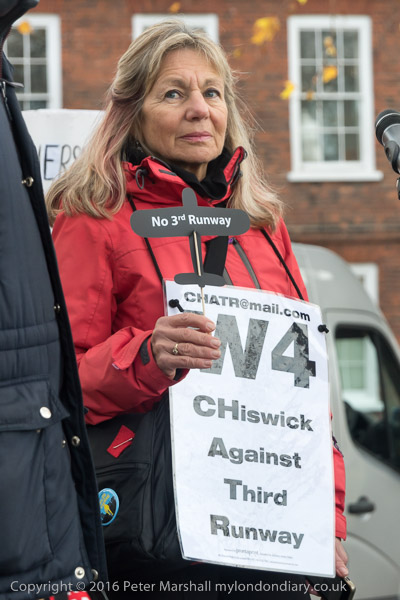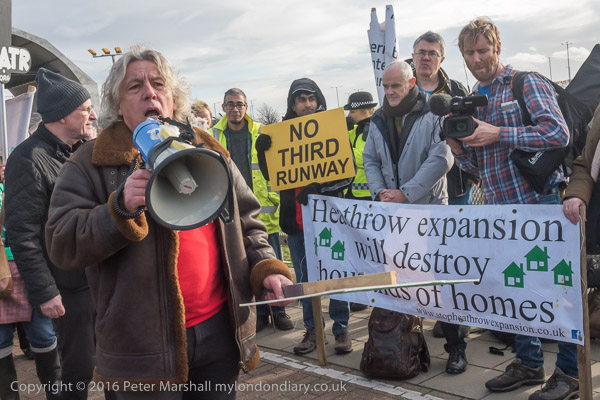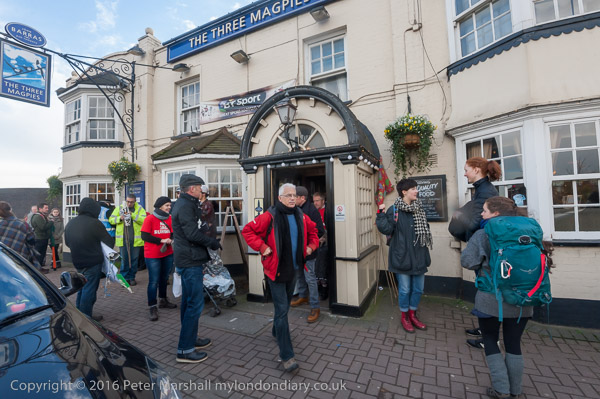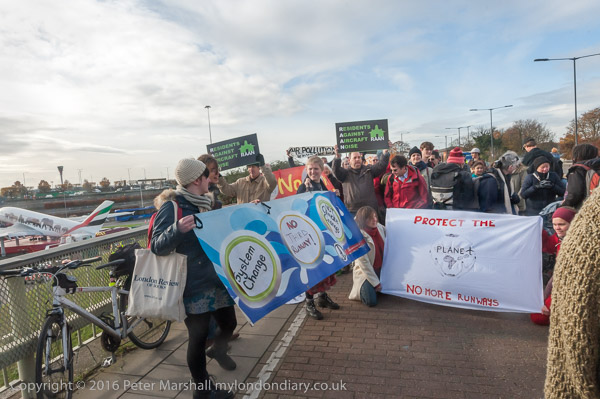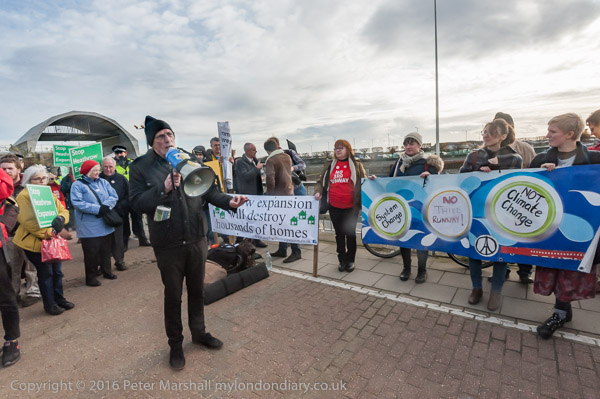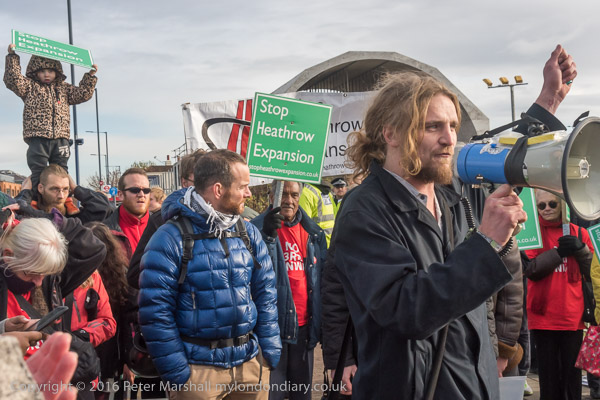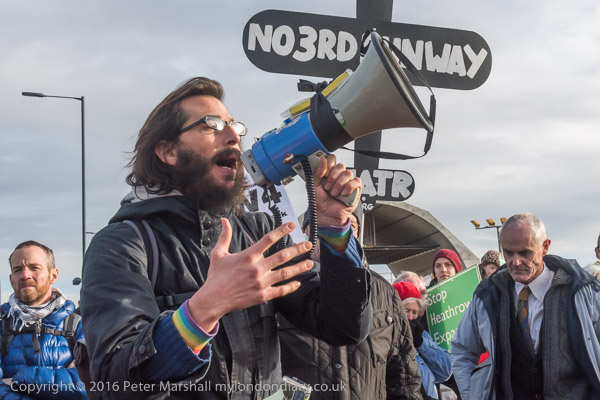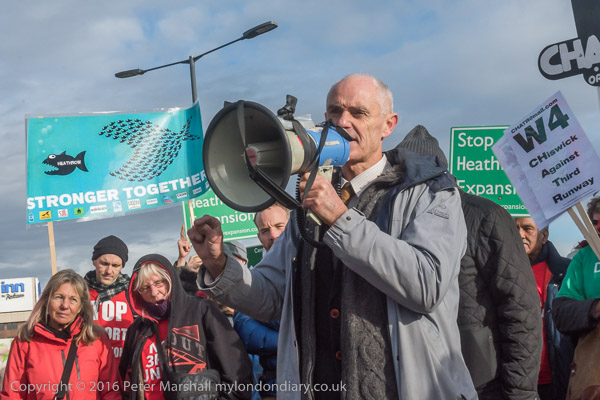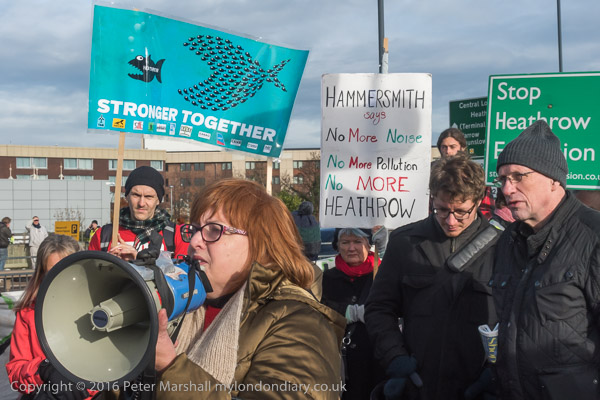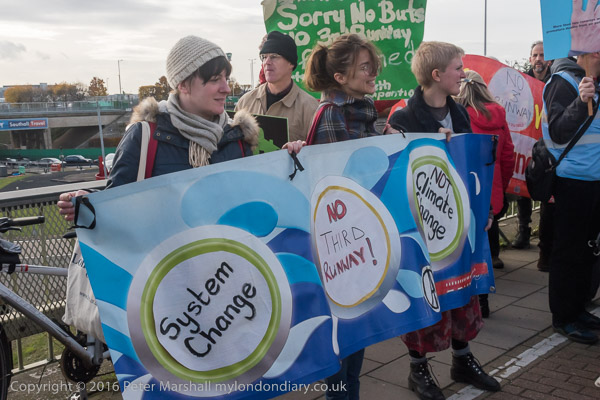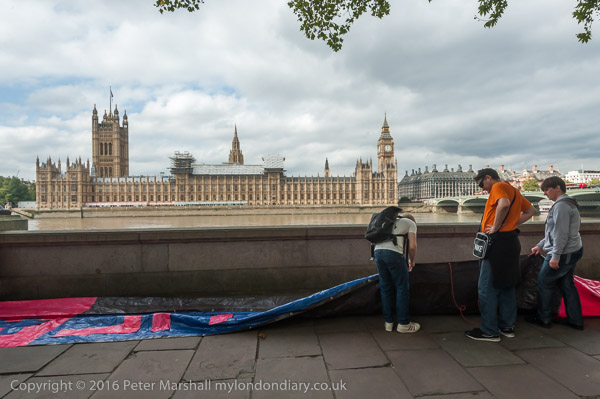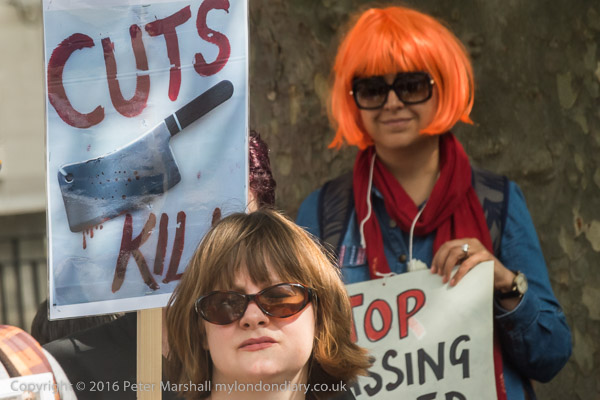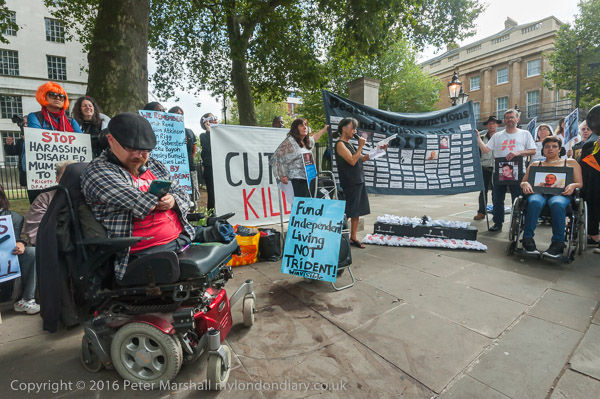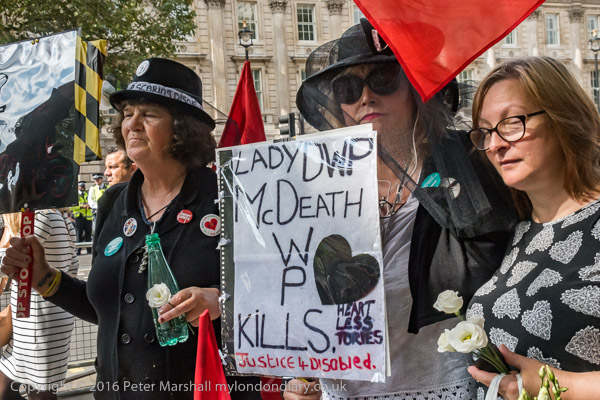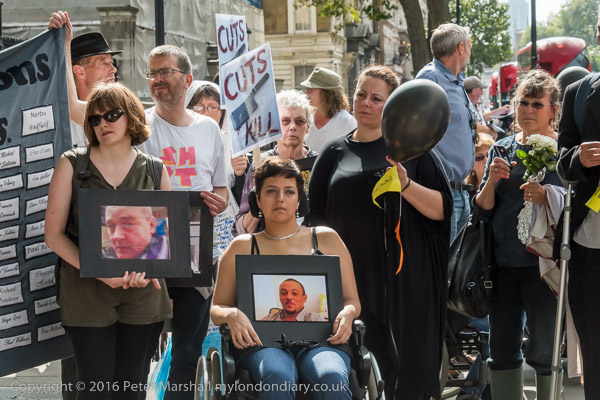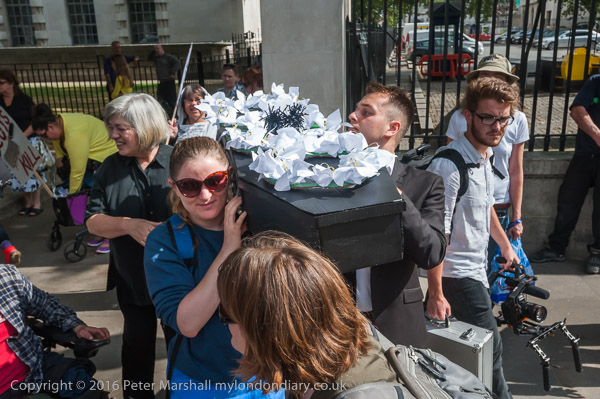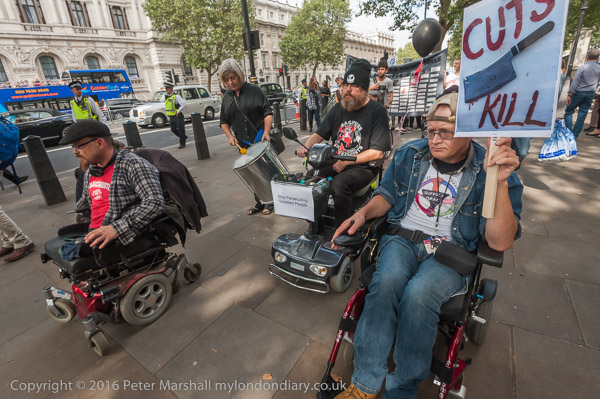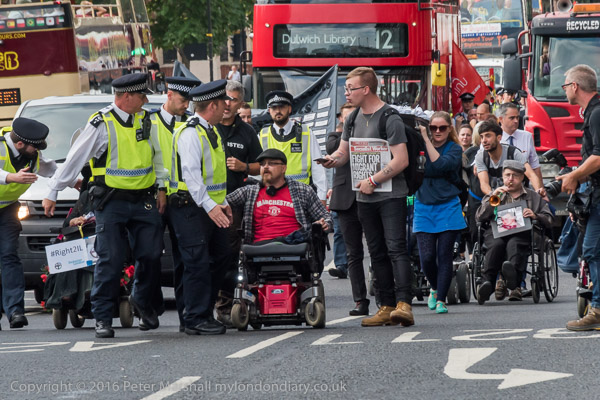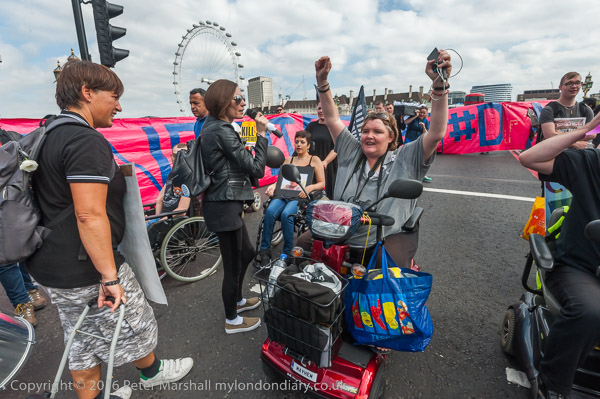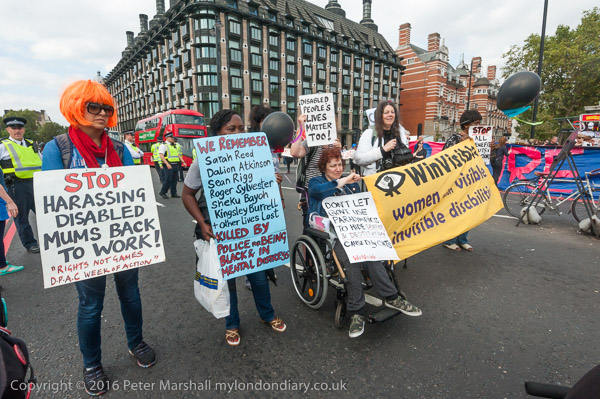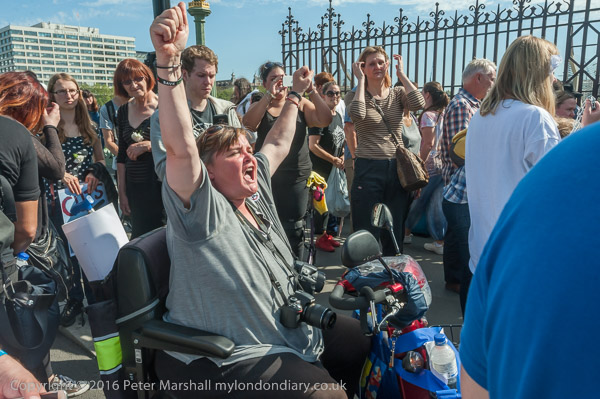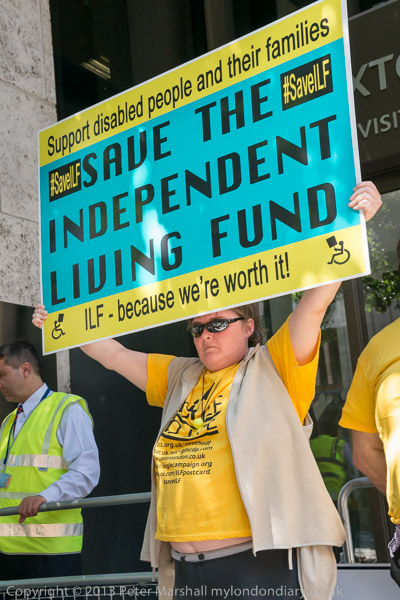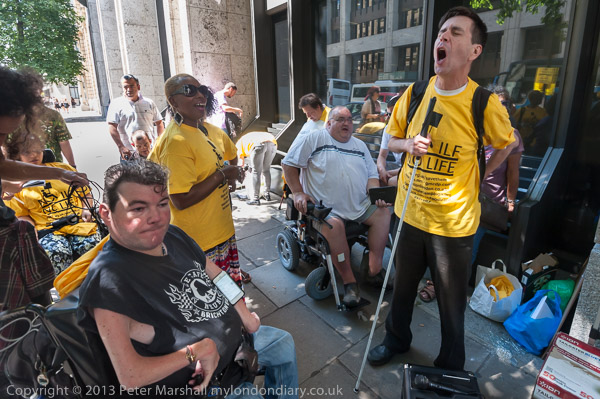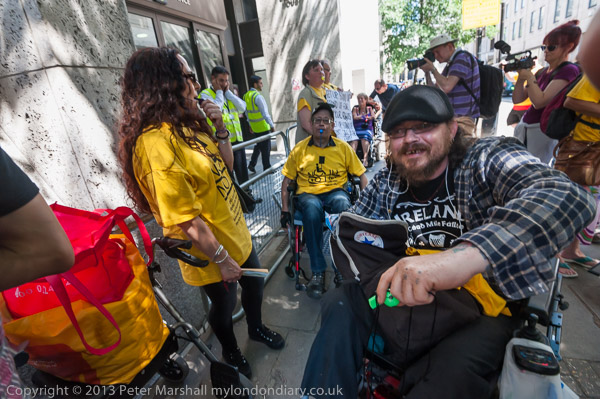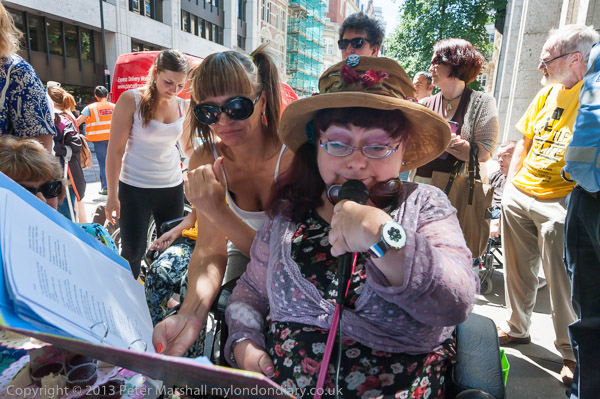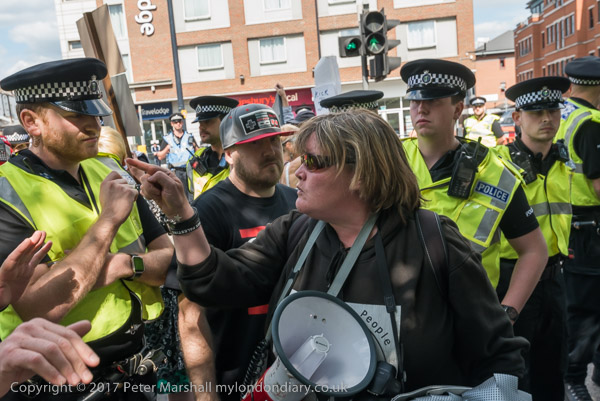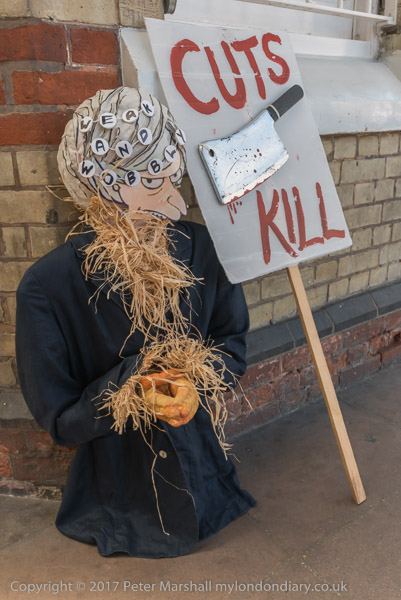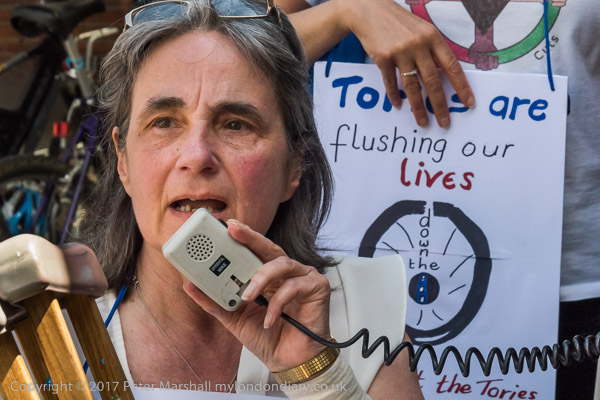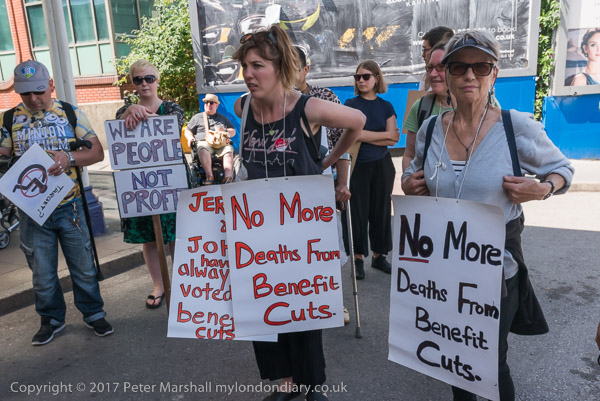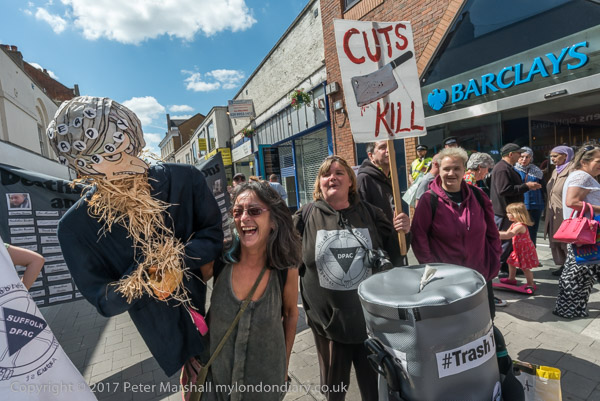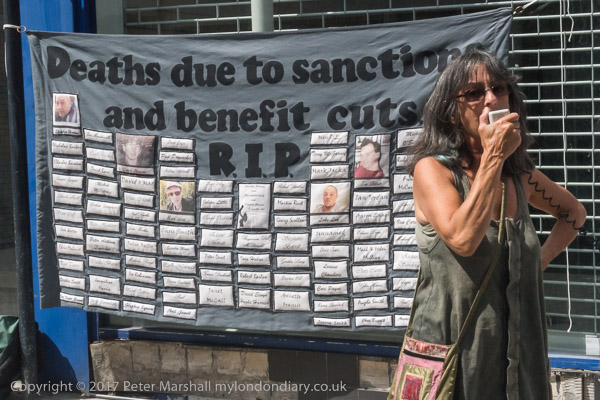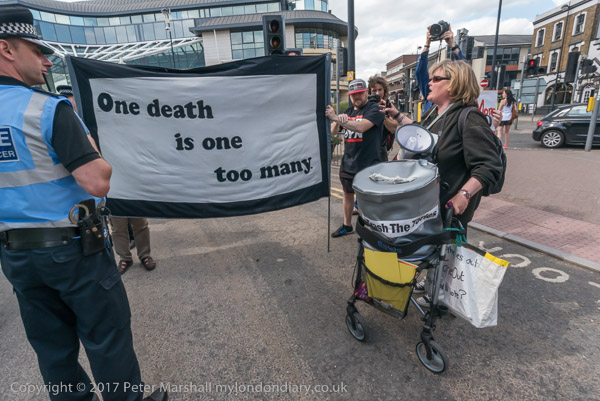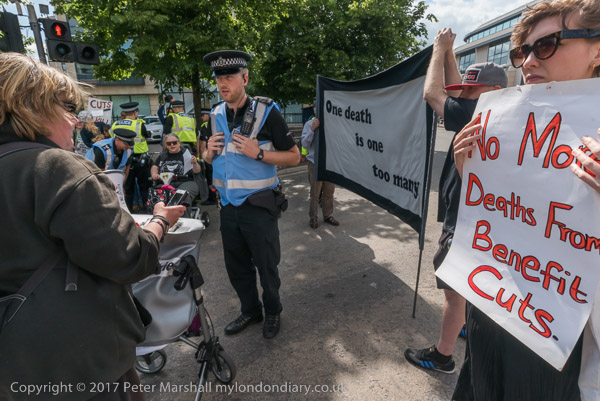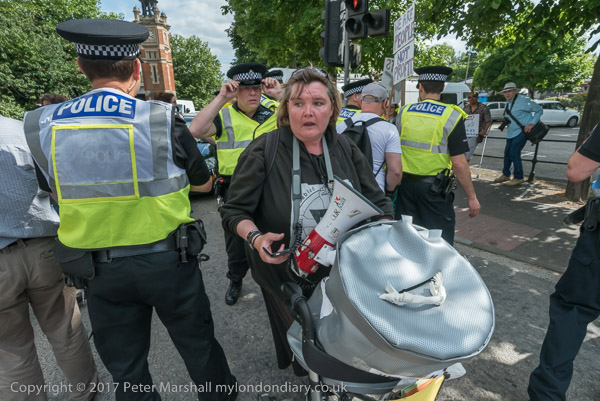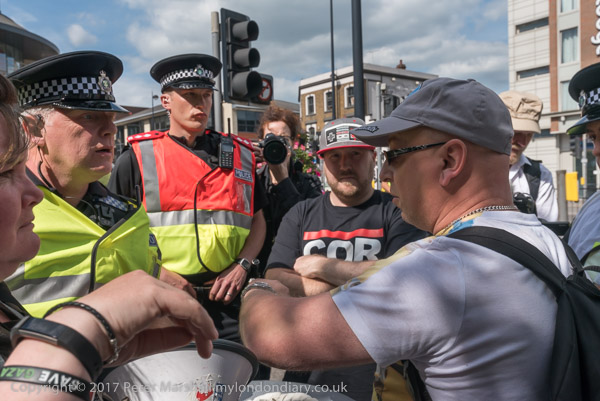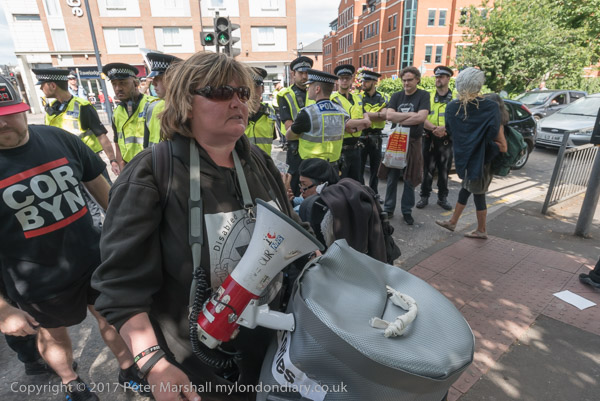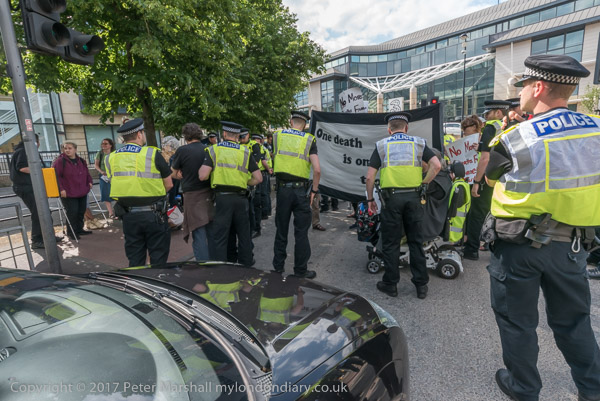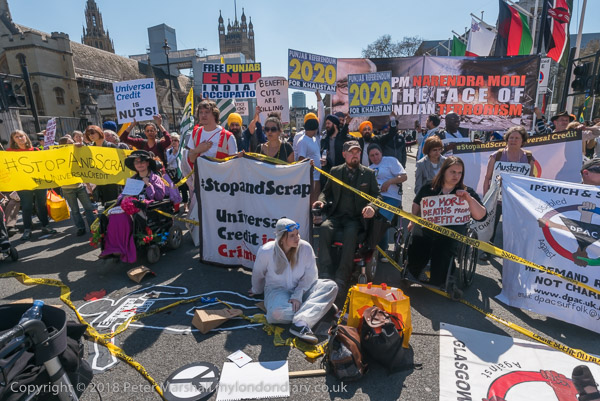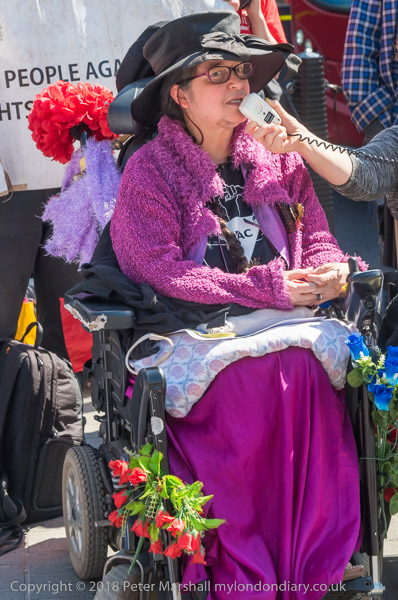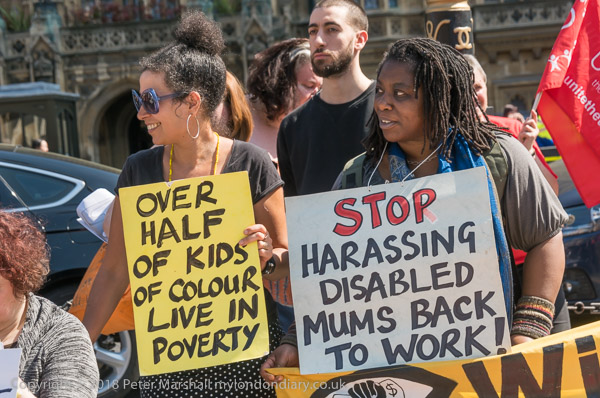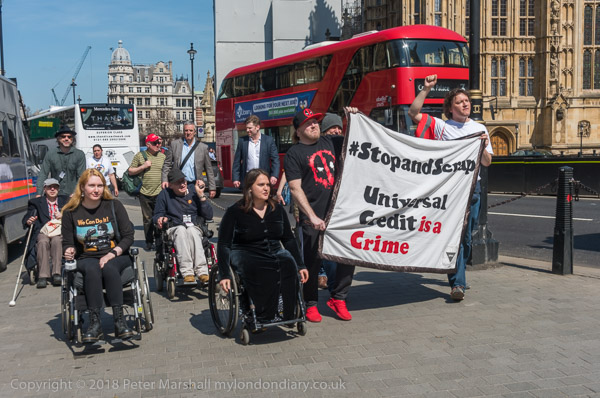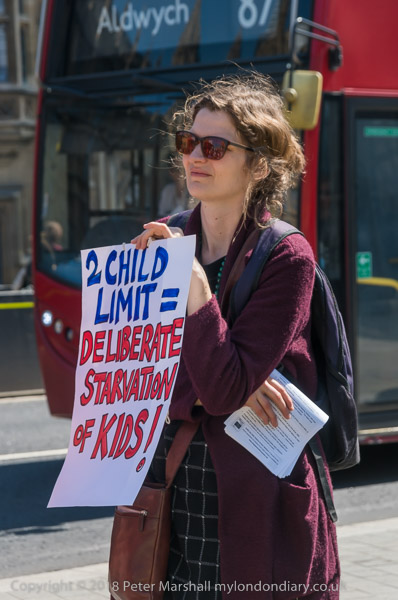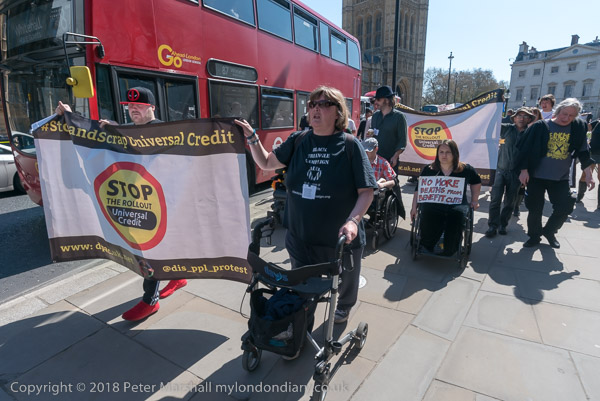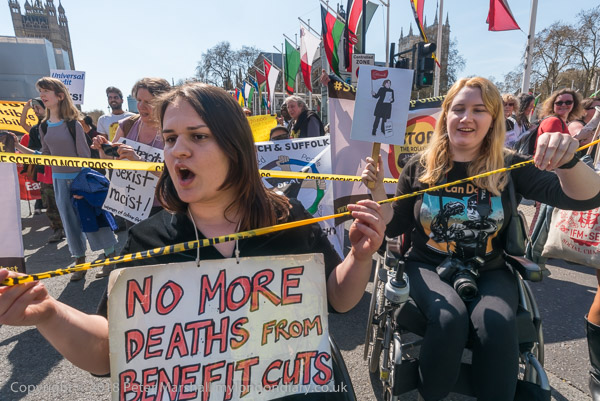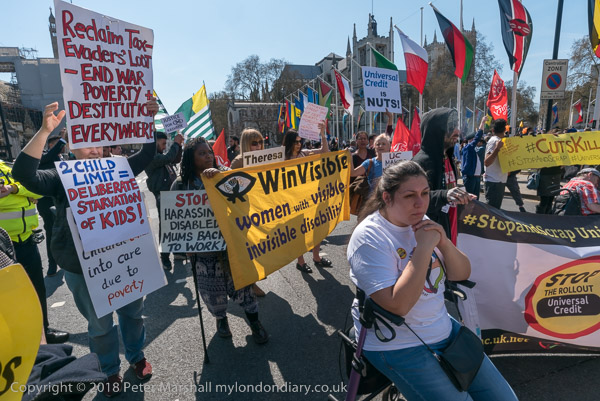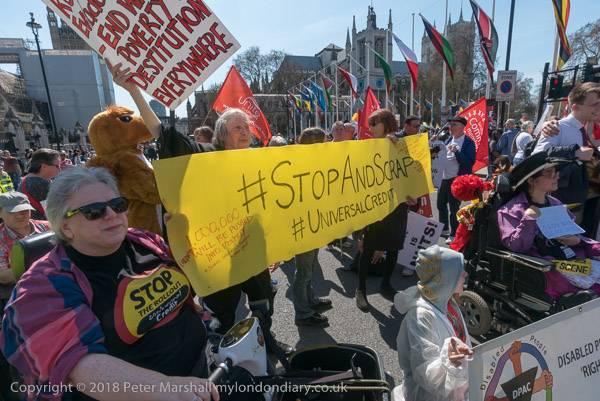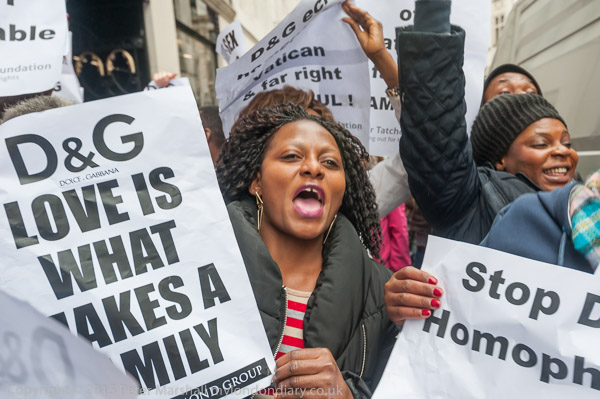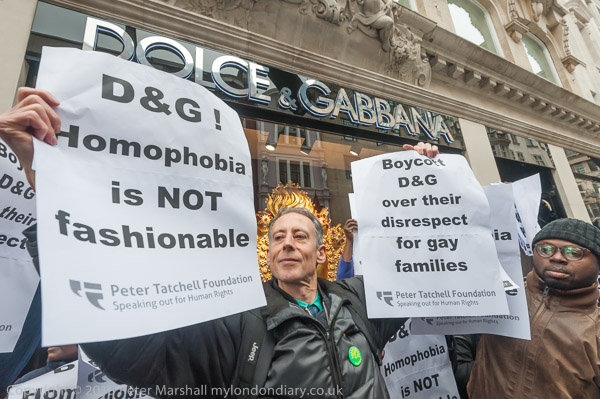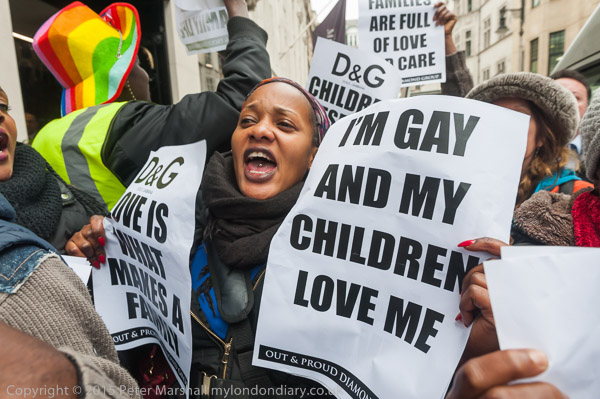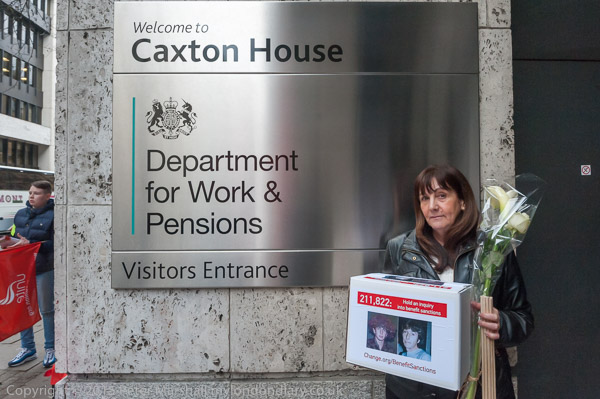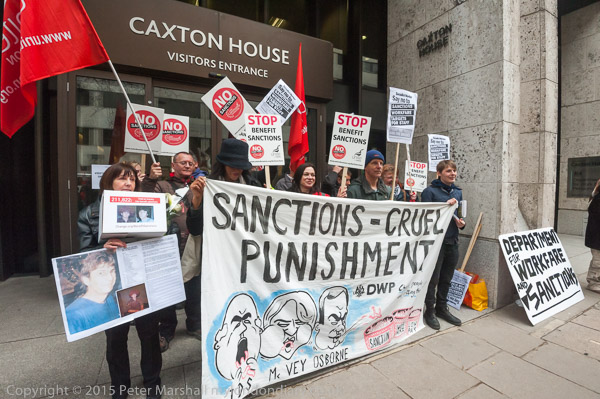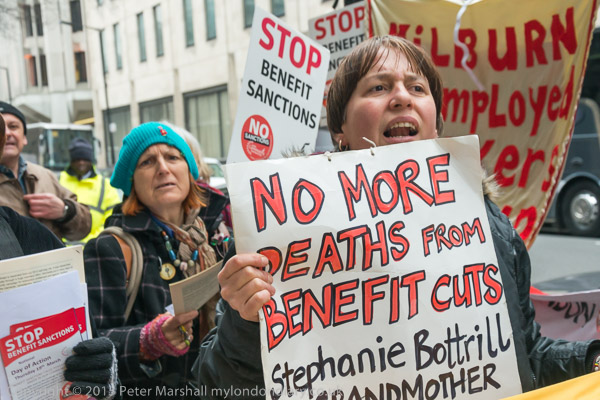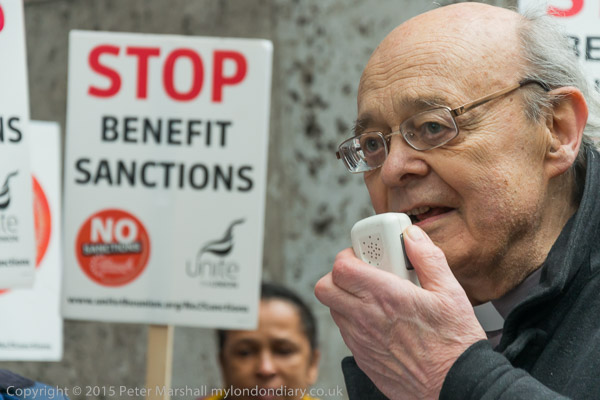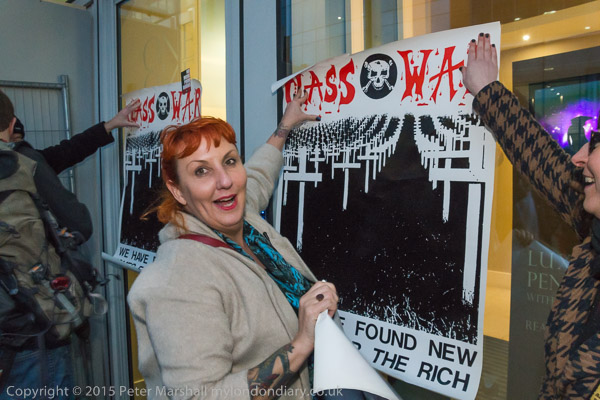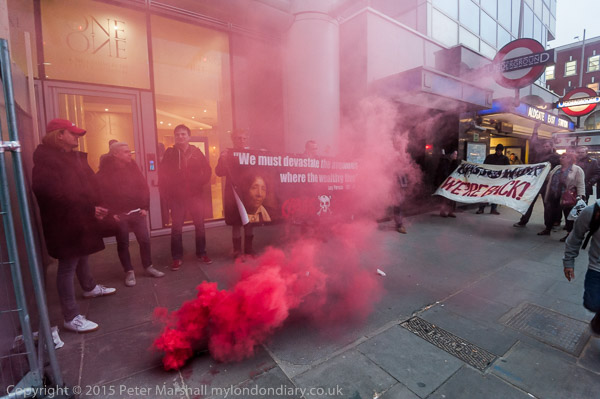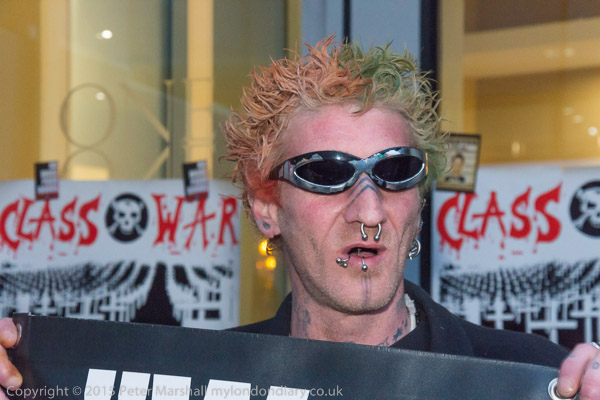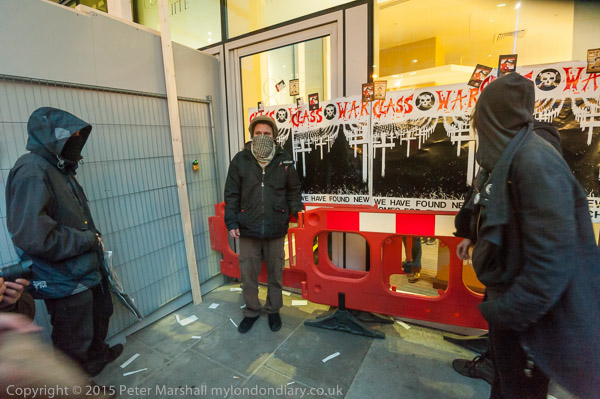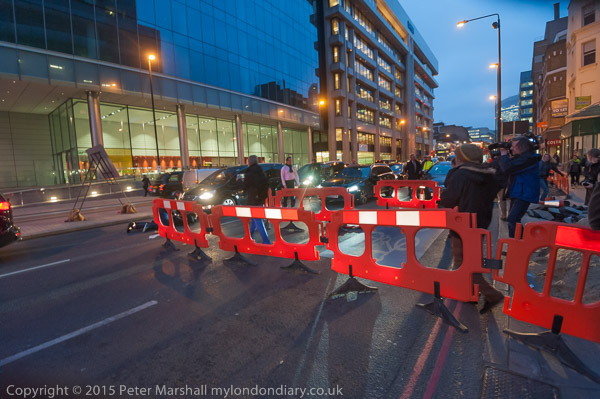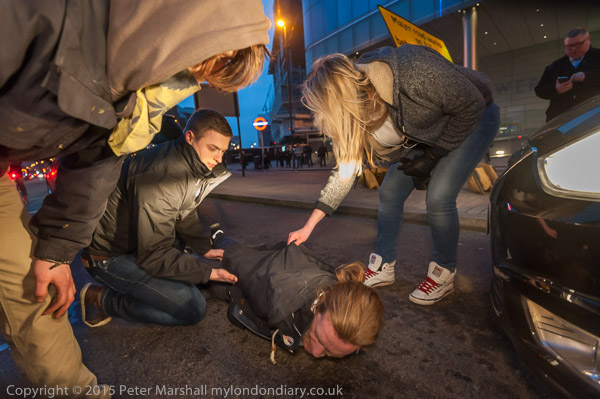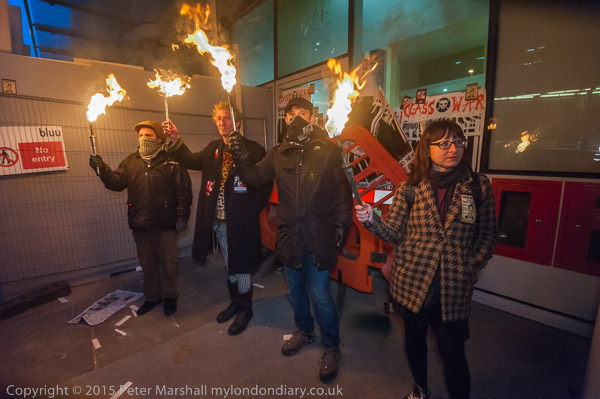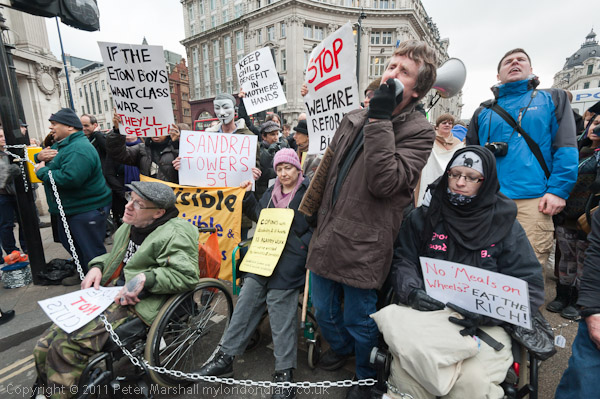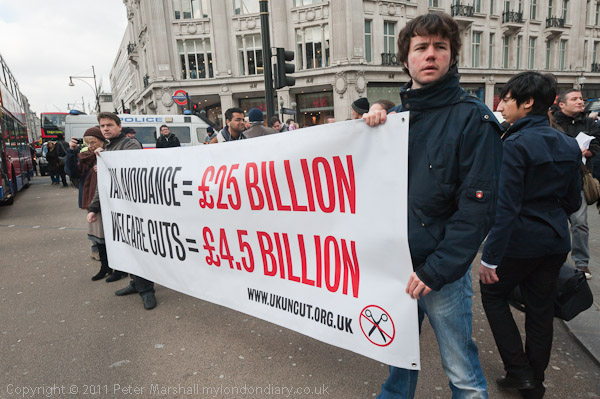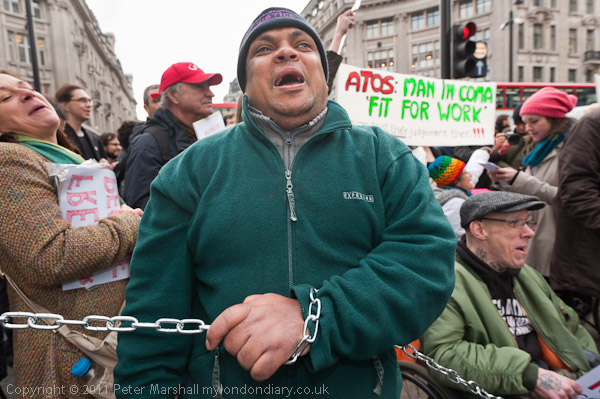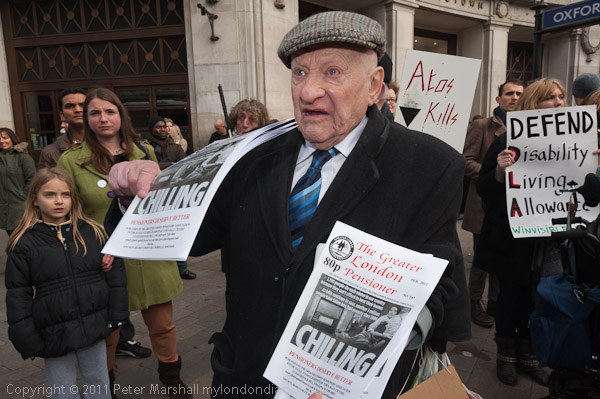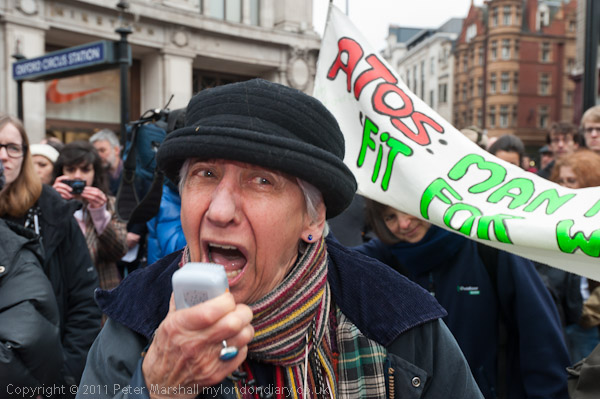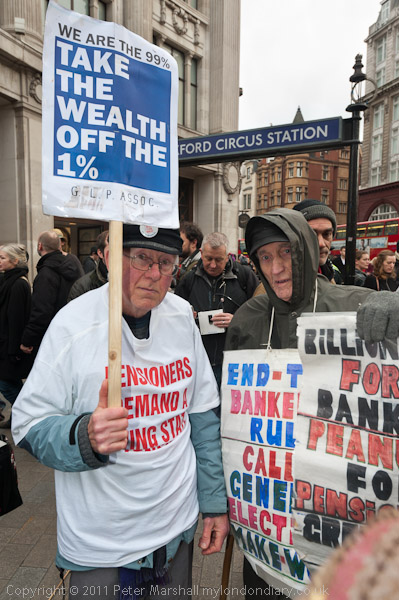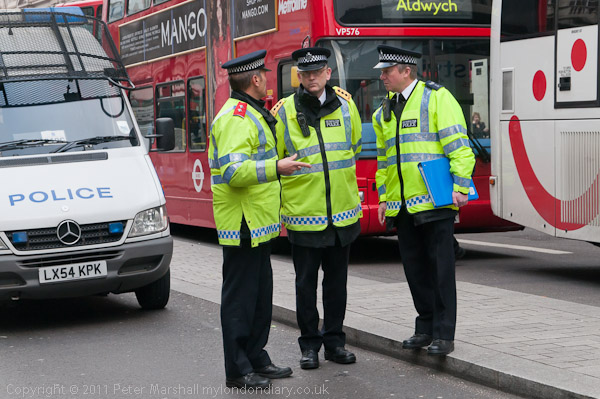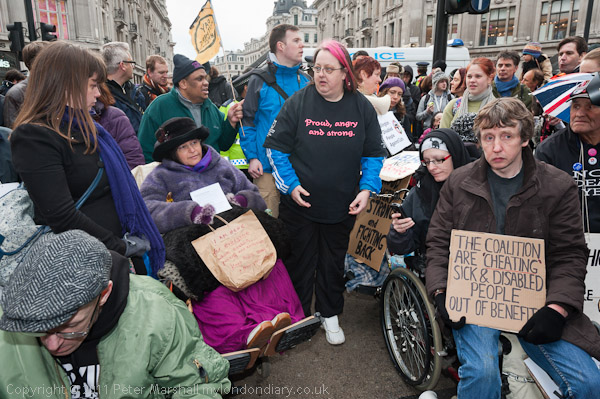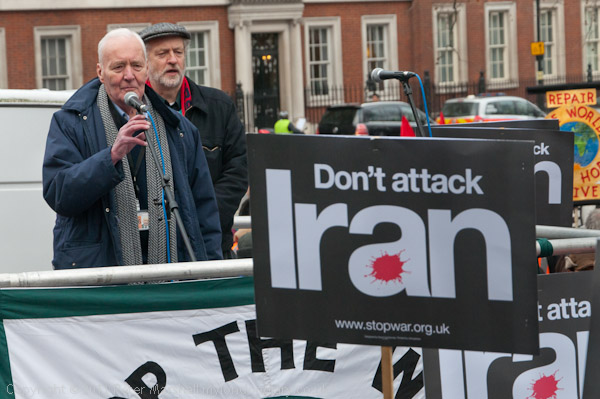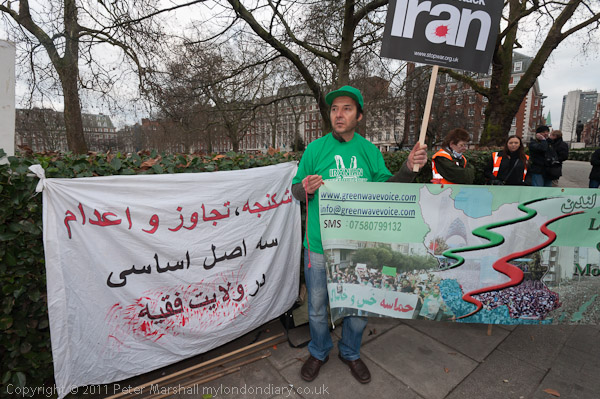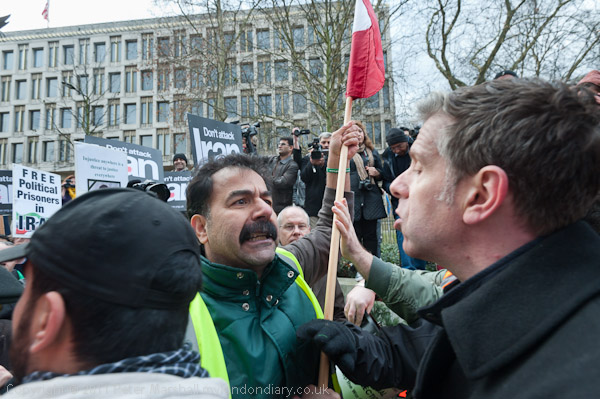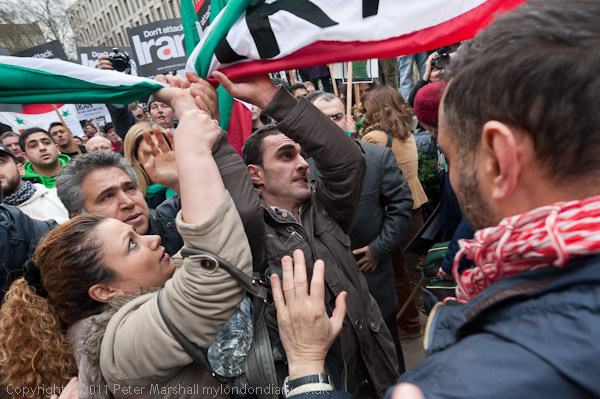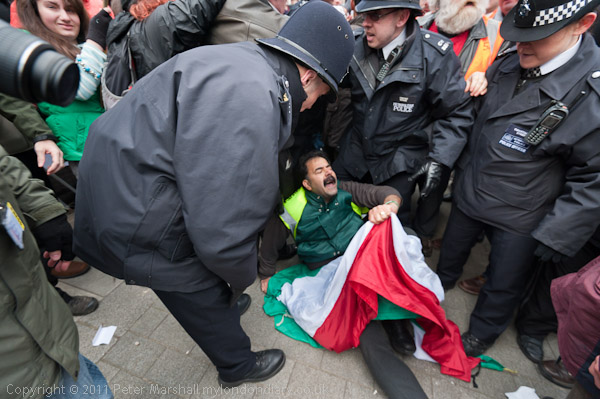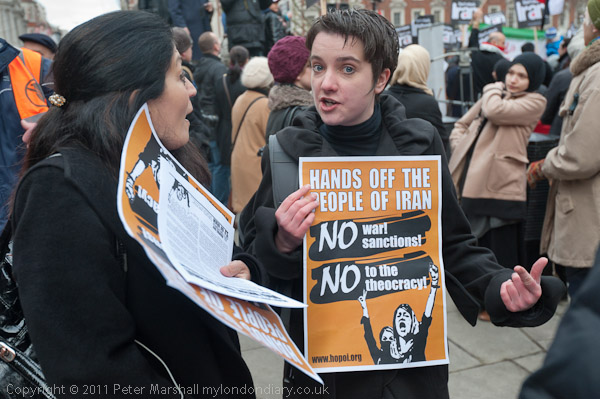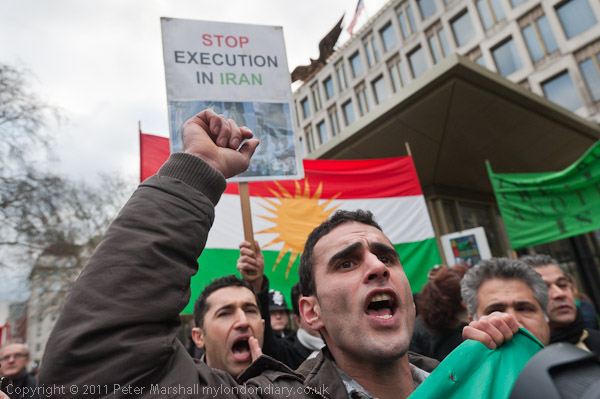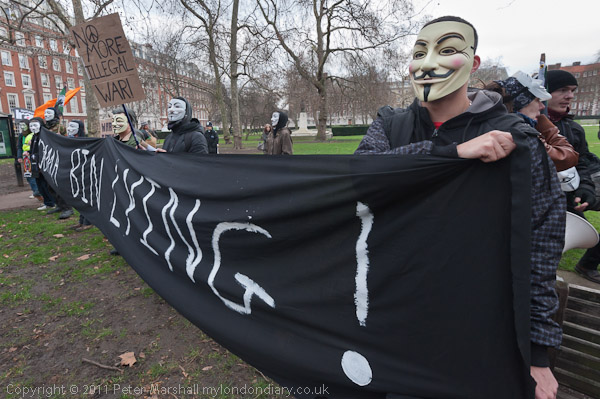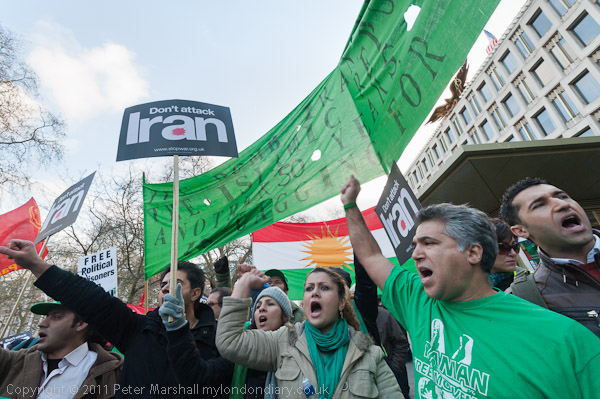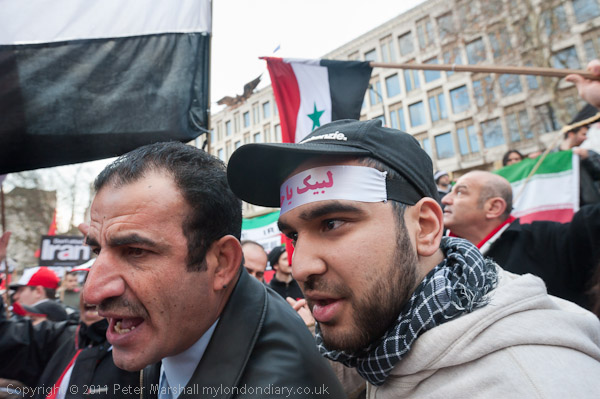March of the Mummies & Halloween Ferrari Showroom Protest: On Tuesday 31st October 2017 I photographed a lunchtime protest in Whitehall by campaign group Pregnant Not Screwed against unfair sacking of women who become pregnant. In late afternoon I went to South Kensington whhere United Voices of the World were protesting outside a luxury car dealer after the its cleaners had been told they could either promise not to strike against their poverty wages or lose their jobs.
Pregnant Then Screwed March of the Mummies
Westminster
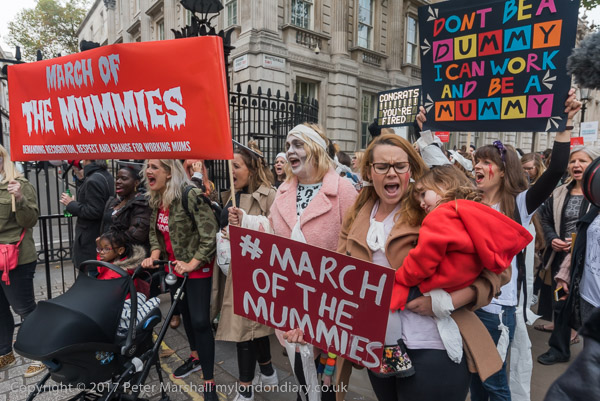
A march by Pregnant Then Screwed mothers, many wrapped in bandages as ‘mummies’ and pushing buggies or carrying young children called for action over pregnancy and maternity discrimination.
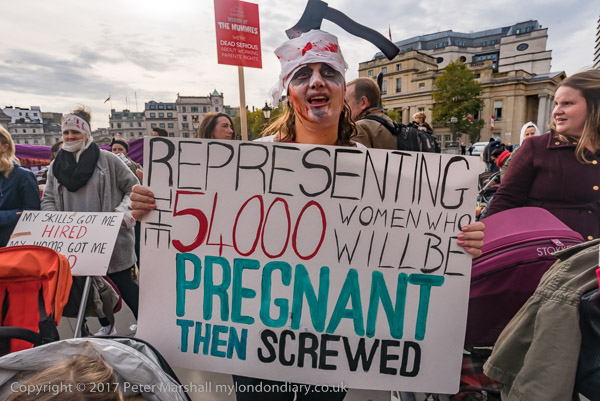
Over a year ago a report commissioned by the government had reported that around 54,000 women, 1 in 9 of those who get pregnant each year had been sacked. That figure had almost doubled in the previous decade and it has been almost impossible for the victims to access justice – fewer than 1% had made a tribunal claim. The government had failed to take any action on the report.
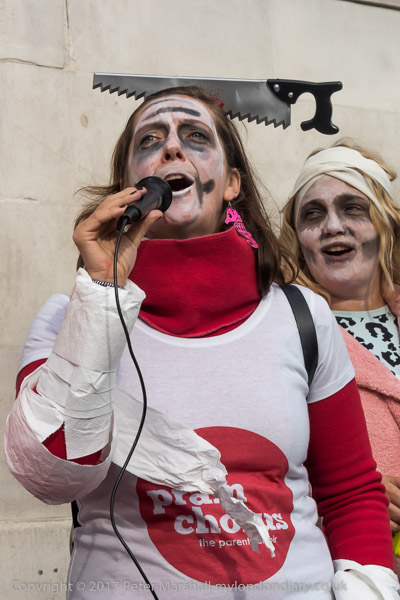
Pregnant Then Screwed called on the time limit for making employment claims to be increased from three months to six for pregnant and postpartum women.
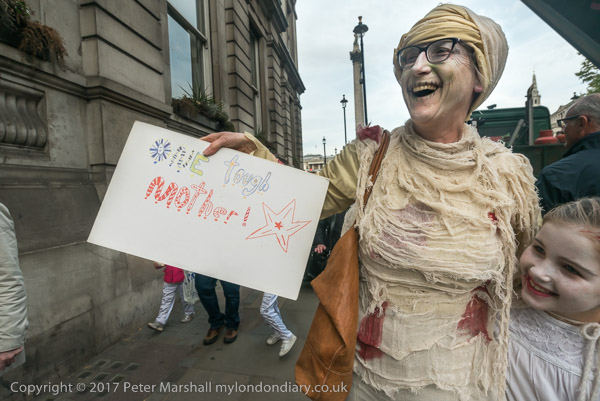
They said companies should be required to report annually how many claims for flexible working had been made by their employees and how many were granted.
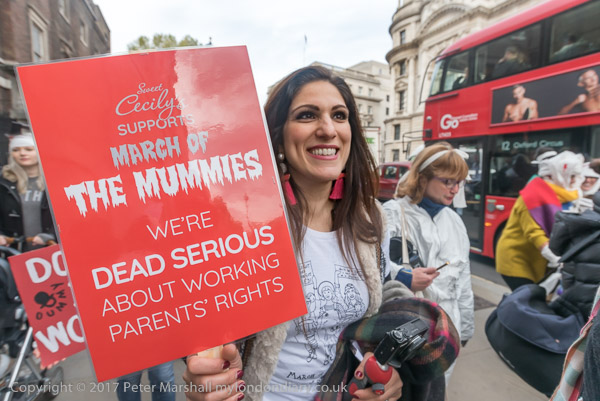
They also asked for fathers to be entitled to six weeks paternity leave at 90% salary, for subsidised childcare from six months and for the self-employed to have statutory shared parental pay.
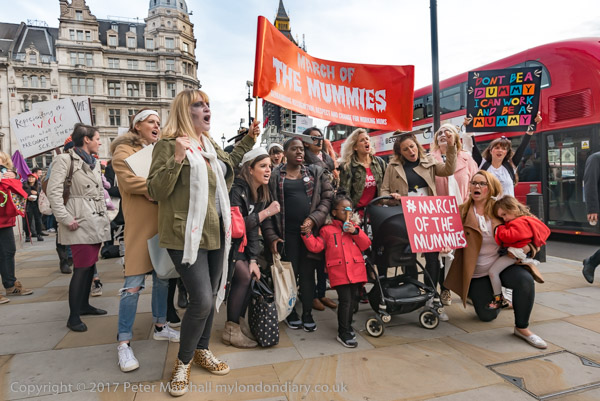
After some speeched in Trafalgar Square they marched down Whitehall to deliver a petition and protest outside Downing St. They then continued to Parliament Square where after posing for photographs they held a rally.
More pictures on My London Diary at Pregnant Then Screwed March of the Mummies.
Halloween Protest for Living Wage at H R Owen
South Kensington
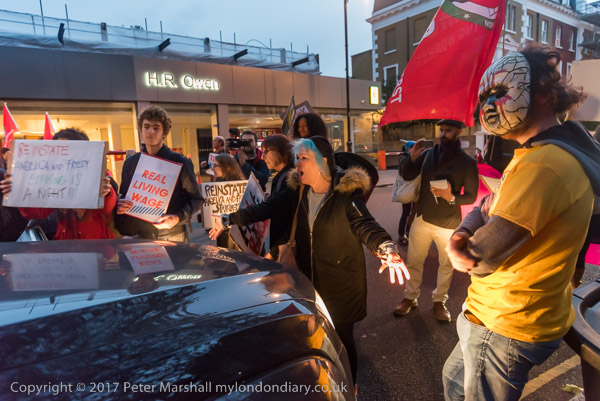
The two cleaners who clean the H R Owen Ferrari showrooms had asked the contractor who employs them for them to be paid the London Living Wage. Contractor Templewood turned down their request and they had then both voted for strike action.
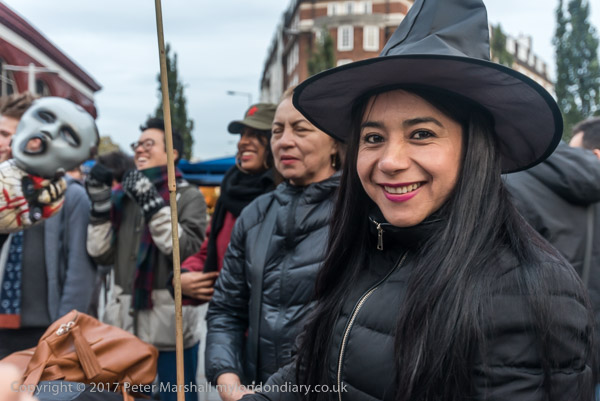
In response Templewood suspended them without pay and H R Owen then banned them from working at their showrooms which they have cleaned for 12 years.
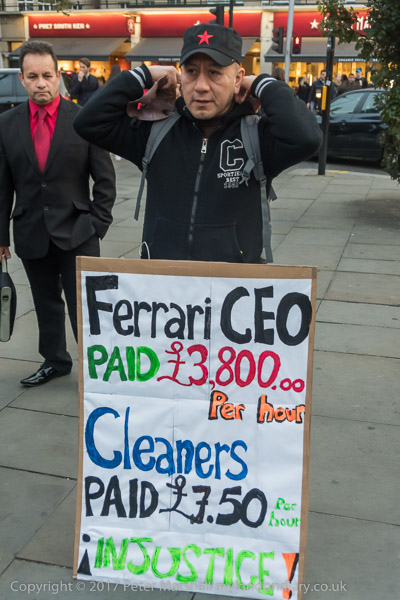
On 30th September their union, United Voices of the World (UVW), had held a protest demanding the two cleaners be reinstated.
At a five hour grievance and disciplinary hearing on 30th October cleaners Angelica Valencia and Freddy Lopez were given a choice – either promise not to strike at Ferrari and accept your poverty wage, or find work elsewhere. The UVW responded by calling this emergency protest with a Halloween theme and despite only 24 hours notice union members and supporters came to take part.

I met them outside South Kensington Station and walked with them down to the showroom, where some rushed towards the door to try to enter. But they had been spotted coming down the street and the doors were locked.
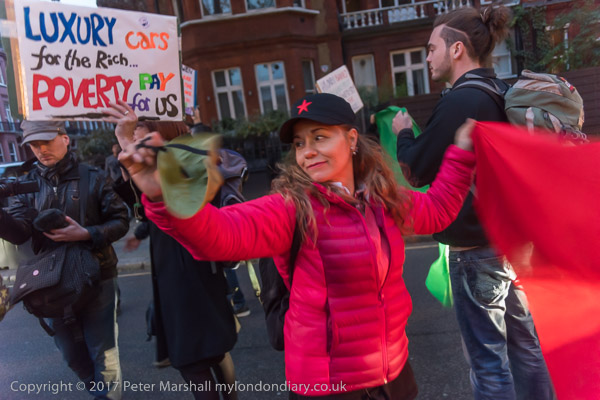
They began a noisy protest on the pavement and street outside, drumming and dancing and were soon blocking the street to traffic. Most drivers turned around and found other routes, but one tried to drive through the protest but was soon halted as more protesters came to stand in the way of his car. Another car was blocked by people holding a banner in front of it.

Eventually a handful of police officers turned up and began to argue with the protesters, telling them they must move off the road.

After a few minutes and some more speeches the UVW decided to march away along the road to protest outside the Royal College of Music whose cleaners are also involved in a dispute, but I had to go home.

Both this and September’s protest had caused considerable disruption in the area, but had also attracted much support from those walking past who had taken the UVW leaflets or listened to the speeches by Angelica and Freddy and others from the UVW. Some were clearly disgusted that people working in the showroom of a company making high profits from selling expensive luxury cars in of the richest areas of London were paid so badly.
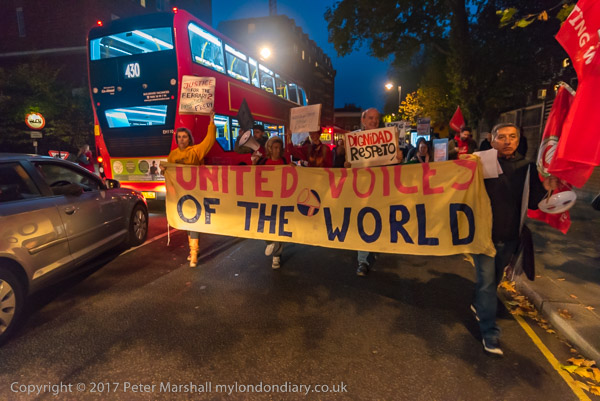
Shortly after these protests H R Owen decided it was better to talk with the UVW and a further planned protest was cancelled as a satisfactory settlement meeting the cleaners demands was reached. I found it hard to understand why the company had acted earlier as it, spending large amounts on increased security against the protests – it seemed like the knee-jerk reaction of a company that had no regard for its employees. The extra pay the cleaners had asked for was minuscule compared to the company’s profits and the dispute had damaged their reputation.
More pictures on My London Diary at Halloween protest for living wage at HR Owen.
Flickr – Facebook – My London Diary – Hull Photos – Lea Valley – Paris
London’s Industrial Heritage – London Photos
All photographs on this page are copyright © Peter Marshall.
Contact me to buy prints or licence to reproduce.
